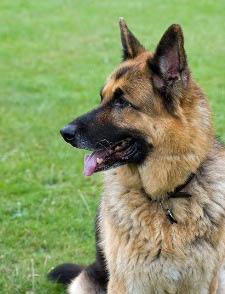
Contents
Related: German Shepherd Puppy Care
This breed is well known for his drive to work, eagerness to please you and his extremely high intelligence. It is this intelligence that can be curse if you are not capable of training him to the extent that he needs so that he can be a relaxed and well behaved pet or working partner. Begin training your puppy right from the start to set him up for success and an adult canine companion within your household.
In the Beginning
The earliest training your German Shepherd puppy should experience is how to interact with you, learning his barriers within the home, house training and basic obedience. This may sound like a lot and you may feel overwhelmed, but the vast majority of these are done through every day interactions with your puppy. This include bite inhibition, learning patience and self control as well as the more obvious commands such as sit, down, stay and walking nicely on a loose leash.
Potty Train Right!
A few steps of prevention can help prevent major problems in the future. Begin your puppy with crate training to help in teaching him potty habits. This is easily done by using the crate only when you cannot provide 100% of your attention on your puppy to prevent accidents. Give him the opportunity to do his business in the correct spot every 45 minutes to an hour and up to 20 minutes after eating and drinking.
He should also be allowed to potty first thing in the morning, last thing before bed time at night, and before and after training and play sessions. For every time your puppy goes potty in the correct place, he should be praised and rewarded. Providing a food reward can help, but it is not required to reinforce proper potty habits.
Most puppies, if being trained to eliminate outdoors, appreciate a short play session outside after they potty. This not only reinforces the behavior of eliminating in the correct place, but it also teaches them that going potty does not mean they must immediately go back indoors. Owners of adult dogs often report having a difficult time getting their dog to potty outside quickly, as he would rather hold it and explore outside. This is typically due to being brought directly back indoors after doing their business, so they try to put off doing what they’re meant to do. By rewarding with an outdoor play session, your dog is learning that if he potties sooner rather than later.
Basic Training Concept
Furthermore, your puppy should also be trained in basic manners, including obedience. This should also start the day you bring him home, as he learns how to interact with you. Remember that your puppy is just a baby. He was not born with the innate ability to understand your language and he most certainly does not know what is acceptable and what is not.
This is up to you to teach him, such as bite inhibition. The moment your puppy’s teeth ever comes into contact with you, all games are over. You must ignore him for a few moments or completely end your interaction with him all together for a while. This teaches him that once his teeth touch you, what he wants, which is typically play times or treats during training, is over. He is not being punished, but he is not getting what he wants either.
This is called a least reinforcing scenario, and he learns to make the choice to not touch his teeth to you to continue with what he wants, such as play.
Recall
Your puppy should be well versed in recall and practice it often throughout the first couple of years of his life. Recall is when you call your dog’s name and tell him to come, and he drops anything and everything he is currently doing to obey you. He will do this by choice because answering your recall is far more reinforcing than anything else he could be doing, including rolling in dirt, playing, digging or even chasing a squirrel. No go is immediately a pro at recall, and it takes a lot of consistency on your part to make it happen.
Recall is essential if you ever intend to exercise your dog off leash or ever attend a dog park. It is a safety precaution so that you can get your dog to move out of harms way before an accident could happen, such as chasing a ball across a busy road or avoiding an aggressive dog at the park. When your dog is reliable in recall, he is safe to play off leash.
You can begin teaching your puppy recall the same week you bring him home! The earlier the better, so that you can lay a strong foundation to build upon as he grows into a young adult. Start in a quiet place that is familiar to you and your pup with little to no distractions. Inside your home is the most ideal place to start. You can begin with your puppy on leash or not, that is completely up to you. If you decide to use a leash, remember to never put pressure on it, don’t reel your puppy in and don’t jerk on it at all!
You want him to learn to recall, not respond to leash pressure just yet. You can use a toy or treat that you know your puppy loves and simply walk backwards in an excited manner. Call to him and encourage him to follow you. When he catches up to you, reward him! As he gets better, you can increase the criteria by adding small distractions around him and move into a new area.
When you make the decision to move outdoors and work on recall, he needs to be leashed! This is for his safety and to set him up to succeed. Start off with a standard 6 foot leash, but as he catches on to coming to you as you walk backwards you can invest in a long line, usually between 15 and 30 feet long. The length is up to your preference. Do the same basic exercise as before, and just walk backwards calling to your puppy. You can use a treat or toy to get his attention and reward him with it when he comes to you.
When you are confident with his behavior, you can bring in a helper to work on the recall game. In this training game you and your helper will stand about 10 feet apart from each other, still keeping your German Shepherd puppy on his long line. Both of you will have rewards ready to give to your puppy, and take turns calling him. When he gets to you, give him the reward, and reward him again for staying with you. He should stay with you until you give the okay for your helper to call to him. Again, they should reward him for every few seconds he stays there.
You don’t want to reward him for coming and then taking off again, but to come when called and stay with you!
As your puppy grows and the two of you gain more confidence in his recall abilities you can start taking him off leash and working on recall without it. Start to add in more distractions. Use only simple ones in the beginning, such as a few toys laying on the ground, then make them harder.
Keep in mind, though, to never go beyond your dog’s abilities. Build and build on what he can do, but don’t test him by making it too difficult, which could set you back in training. This goes for any and all commands you teach your dog! If at any point he seems to fail and get worse, it is time to take a few steps back and build your way back up.
Never Punish, Always Reward
Punishing a dog is a futile effort. Science has shown us, through B.F. Skinner’s experiments on learning and conditioning within a variety of animal species including dogs, that punishment will only help curb behaviors to an extent. Most of the time, the animal does not understand that the behavior itself is what is causing the punishment, but doing the behavior within your arm’s reach may be the factor.
The result is a dog who continues the unwanted behavior but only when you’re not around to see it. On the other hand, rewarding wanted behavior has proven to create reliable results. This is because the dog chooses to do the behaviors that leads to the consequences, or rewards, that he wants.
Don’t give up.
training can be an exhausting task, but through preventative measures, positive reinforcement and consistency you will have a reliable and dependable canine companion in no time!

I have lived in big cities my entire life. Having grown up on the Upper East Side in Manhattan, my early life was an exciting one, filled to the brim with interesting encounters and opportunities popping up at every street corner. Like many city people, my passion for dogs first started when my parents decided to bring a puppy into the household. For them, it was a way of getting me to spend less time at his computer or wandering aimlessly around the city with my friends. Little did they know that bringing a Labrador Retriever into their apartment would determine not only the course of their son’s professional career but also my love life.
Having obtained a Computer Science Bachelor’s degree from Fordham University, I went on to pursue an IT career in the Big Apple. After a few years of doing basic cybersecurity and tech support work in various offices around Manhattan, I decided to leave New York and look for my calling in Boston, Massachusetts. There, I got a Master’s degree in Computer Science with a specialization in Web Development. As a means of supporting myself through college, he found a salesman job at a local paper company, where he met Mary, the love of my life and the person I’d end up creating My Sweet Puppy with.
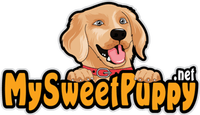
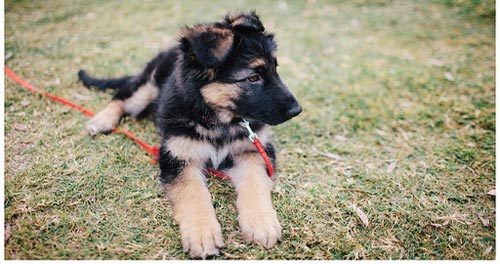

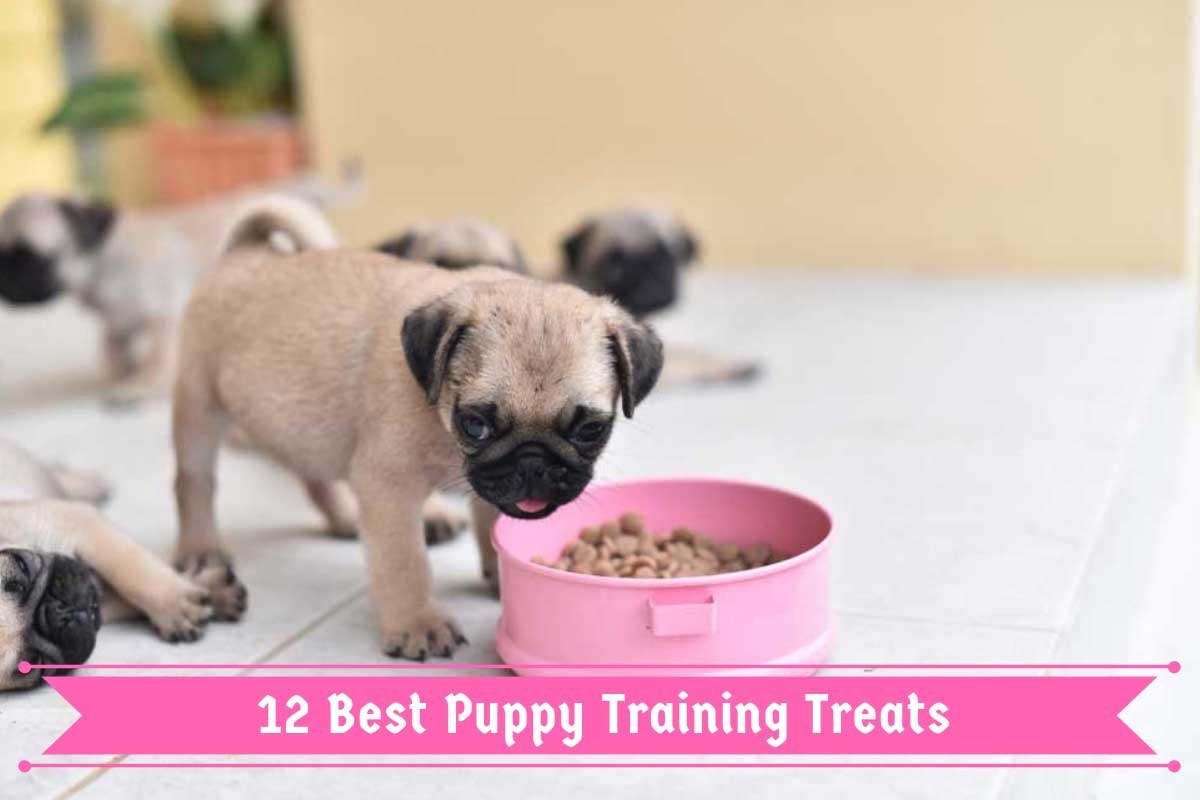
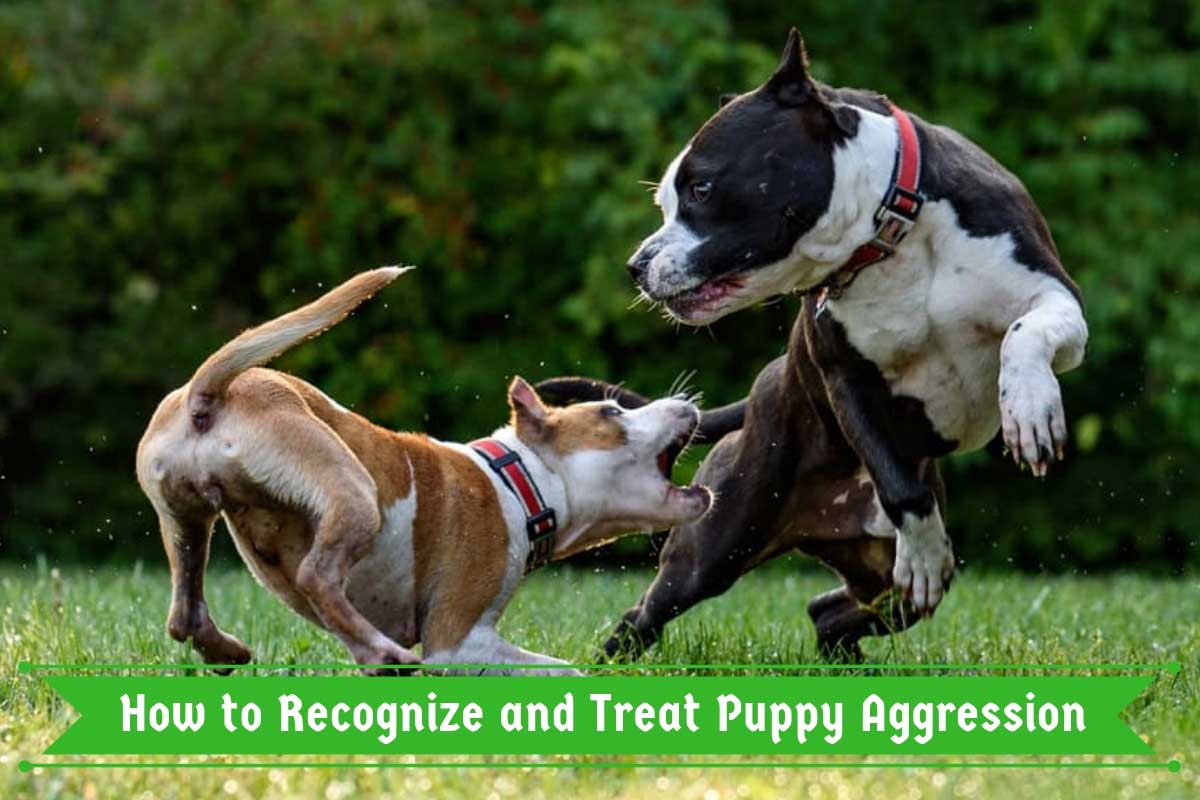
I thought your recall was easy to understand & helpful. I just had a 7 month old german shepherd dropped off at my house a week ago he clearly didn’t want her. She is crate trained, he left her in a crate all day, comes to me when called and knows how to sit. I’m not sure how to get her to lay down and I have only worked with retrievers and I know her intelligence is totally different from theirs. I am disabled and would like to train her to take my service dog’s place in a year or two. Is it always rewards for these dogs when training them, I do not like to use food I worry they will always expect it.
Thanks for connecting to Mysweetpuppy.net. Please keep in mind that I, Claudia Bensimoun, do not write any of the blogs or reviews on this website, nor have I in the past. I only answer the comments section.No dog should be left in a crate all day. That said, a crate should only be used for a few hours a day, if needed. Many dog trainers do not use crates at all. Excessive use of dog crates results in muscle and skeletal problems. The German Shepherd is an outstanding dog breed that deserves the very best. Not only is this dog breed wonderfully intelligent, sensitive and easy-to-train, the Shepherd has to have regular exercise. By that I mean running, off-leash play at the dog park, dog beach, and basic, positive puppy training classes, starting during puppyhood. This should continue throughout your dog’s life. The German Shepherd puppy also does well with plenty of socialization during puppyhood. Low-fat, healthy dog treats are good positive dog training rewards. Consult with your veterinarian as to the best advice.
My German Shepherd is difficult to train? He is 6 months .
Thanks for connecting to Mysweetpuppy.net. Please keep in mind that I, Claudia Bensimoun, do not write any of the blogs or reviews on this website, nor have I in the past. I only answer the comments section.
“How To Train Your German Shepherd Puppy The Right Way” helps dog parents understand why it’s so important to positively train your German Shepherd puppy.
Positively training your German Shepherd puppy should begin during puppyhood. This should continue throughout your dog’s life.Puppy training is very similar to puppy kindergarten, where your pup is taught to focus on you. All pups should first learn to focus on their pet parents. Positive reinforcement is extremely important. The German Shepherd as a breed has a high activity level, and is a very energetic and intelligent dog breed. This breed needs lots of exercise, mental stimulation, and socialization. This needs to be combined with positive dog training classes. A dog breed like the German Shepherd does best starting with positive dog training classes, combined with fun activities like hiking, agility classes, long walks and fun off-leash trips to the dog park and beach. This all needs to start from a young age. Positive puppy training classes also help with socialization.
On-site positive puppy training classes can be combined with Skype dog training classes.“Virtual training can be a tricky proposition,” says renowned trainer Victoria Stilwell. “In certain cases with certain dogs, while trying to address very particular lessons or issues, it can be an effective tool, but it can also quickly morph into a problem scenario. For example, often a client will hire a dog trainer to ‘fix’ a given issue, only to find out from the trainer that there are far different (and sometimes more complicated) issues at play than the person was previously aware of. Virtual training generally doesn’t allow for the flexibility to address those types of issues.
“It also makes the dangerous assumption that the dog owner and ‘virtual teacher’ are on the same page in terms of what they’re trying to address and how the dog responds to the training,” Victoria continues. “All too often, positive dog trainers see clients who miss important signals in their dogs, and virtual training creates a situation where there’s not a qualified dog behavior expert on hand to oversee the process. Virtual training can only be considered for the most basic cues and language-building dog training – not any kind of behavioral issue.”
For more on my interview with Victoria Stilwell about positive virtual dog training visit:https://animalwellnessmagazine.com/online-dog-training/
I will be traveling to Australia with my dog. Where should I stay? Looking for a great dog vacay
Thanks for connecting to Mysweetpuppy.net. Please keep in mind that I, Claudia Bensimoun, do not write any of the blogs or reviews on this website, nor have I in the past. I only answer the comments section.I am in no way connected to the content written within this website, most especially the German Shepherd blog. This website hires other writers for their blogs.Please do not contact me regarding website content. I only write content within the comments section.Consult with your veterinarian as to quarantine regulations, and the vaccines that your German Shepherd will require. Your German Shepherd will need a current rabies vaccine, and health certificate. Your German Shepherd dog will also need to be microchipped. As always, it’s best to seek out reviews as to the best pet hotels for your German Shepherd. Hanrob Pet Hotels in Australia has awesome reviews. For more information about Hanrob Pet Hotels and dog vacays, visit:
https://www.dogslife.com.au/dog-news/hanrob-pet-hotels-launches-ultimate-pet-vacation
https://blog.australianexplorer.com/travel-advice/pet-vacay-with-hanrob-pet-hotels.htm
https://pettravelcenter.com/pet-vacay-hanrob-pet-hotels-in-australia-launches-alternatives-to-holiday-pet-care/
http://www.bornrich.com/australias-most-pampered-pets.html